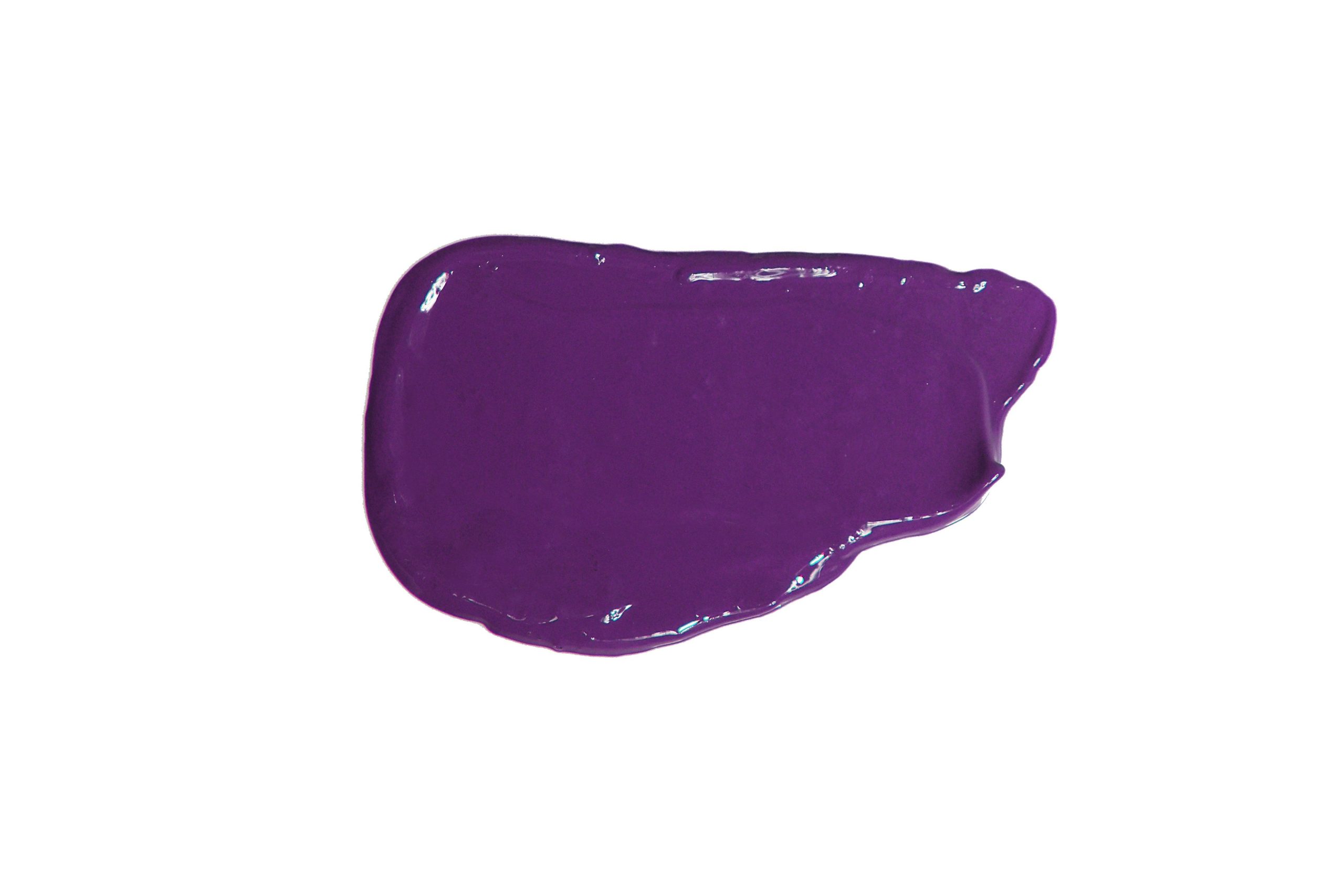
Enhancing Dispersion of C.I. Pigment Violet 23: The Role of Carboxylic Dispersants on Rheological and Colorimetric Properties
Introduction
Organic pigments like C.I. Pigment Violet 23 (PV23) are extensively utilized in coatings, inks, plastics, and various other industries due to their vibrant colors, chemical stability, and lightfastness. However, achieving a stable dispersion of PV23 in organic solvents remains challenging due to its high tendency to aggregate. Aggregation can hinder color intensity, reduce tinting strength, and impact the overall stability of the pigment in various applications. Therefore, addressing this issue is crucial to optimize PV23’s performance across diverse applications.
In this context, dispersants play a vital role. Dispersants are surface-active agents that adsorb onto pigment particles, creating a barrier that prevents them from clumping together. This article investigates three different carboxylic dispersants for their efficacy in enhancing the dispersion of PV23, analyzing their adsorption behavior, molecular interactions with the pigment, rheological impacts on suspension, and the resulting improvements in colorimetric properties. By evaluating these parameters, we aim to illustrate the benefits of optimized dispersant selection for industrial pigment applications.
Overview of C.I. Pigment Violet 23
C.I. Pigment Violet 23 is a synthetic organic pigment known for its bright violet hue and excellent stability under environmental stressors, such as heat, light, and chemicals. Its molecular structure, however, contributes to a high propensity for aggregation due to intermolecular forces, including van der Waals forces and π-π interactions. These tendencies make PV23 difficult to disperse uniformly in organic media, often requiring the addition of dispersants to mitigate the effects of aggregation and provide uniform color distribution.
In industrial applications, achieving a homogeneous dispersion is critical for maintaining the optical and functional properties of PV23. Aggregated pigment particles often appear darker, less intense, and less stable, which is undesirable for high-quality pigment formulations.
The Role of Dispersants in Pigment Dispersion
Dispersants are additives that facilitate the suspension of pigments in a liquid medium by adsorbing onto the pigment’s surface and creating a stabilizing barrier. They function by both steric hindrance and electrostatic repulsion, which prevent pigment particles from re-aggregating. In the case of carboxylic dispersants, their molecular structure includes carboxylic acid groups, which form strong interactions with PV23, anchoring to the pigment particles and stabilizing the dispersion.
In this study, three different carboxylic dispersants were evaluated. Each dispersant varies in structure and affinity for the pigment surface, factors that significantly affect their adsorption behavior and the dispersion’s stability. Carboxylic dispersants are particularly suitable due to their compatibility with organic solvents and ability to provide robust steric hindrance.

Adsorption Behavior and Molecular Interactions
To assess the efficacy of each dispersant, adsorption isotherms were constructed to evaluate how strongly each dispersant adheres to PV23 particles. Adsorption isotherms provide insights into the interaction dynamics between the dispersant and pigment, which are critical for understanding dispersion stability.
In addition, 13C nuclear magnetic resonance (NMR) spectroscopy was employed to further analyze the molecular interactions occurring at the pigment surface. 13C NMR spectroscopy allows for the observation of the chemical environment of carbon atoms in the dispersant and pigment, revealing how carboxylic functional groups bond or interact with PV23. These interactions are vital for achieving a stable dispersion, as stronger adsorption typically results in more robust coverage on the pigment particle surface, effectively reducing aggregation.
Rheological Behavior of Pigment Suspensions
Rheology, the study of the flow and deformation of materials, is a critical property for pigment suspensions. For industrial applications, the viscosity of pigment dispersions must be carefully controlled to ensure ease of application and consistent performance. Higher pigment loading is often desirable but can increase the viscosity of the dispersion, making it difficult to process.
In this study, the use of carboxylic dispersants was found to significantly reduce the viscosity of the PV23 suspension. The copolymer dispersant, in particular, demonstrated the strongest adsorption to PV23 and thus the greatest impact on rheological properties. By adsorbing tightly to the pigment surface, this dispersant effectively lowered the suspension’s viscosity and enabled a 50% increase in pigment concentration while maintaining manageable flow characteristics. This result is particularly advantageous in formulations requiring high pigment loads, such as those for paints and coatings, where rheological control is essential for application and stability.
Effects of Deflocculation on Colorimetric Properties
Deflocculation, or the dispersion of pigment particles into smaller aggregates or individual particles, has a notable impact on the colorimetric properties of the pigment suspension. In the case of PV23, dispersants not only aid in achieving uniform dispersion but also enhance tinting strength and color stability. Tinting strength refers to the pigment’s ability to impart color to a mixture, and it increases when particles are finely dispersed because smaller particles have a larger surface area for light absorption and scattering.
In this study, the copolymer dispersant achieved effective deflocculation, resulting in an enhanced tinting strength and improved color stability over time. This increase in tinting strength was accompanied by a more intense and consistent violet hue, which is particularly desirable in applications demanding high color precision, such as automotive coatings and high-end printing inks.
Industrial Implications of Optimized Pigment Dispersion
The findings of this study carry significant implications for industries that rely on PV23. The ability to increase pigment concentration without compromising flow properties is advantageous in sectors requiring high pigment loadings, such as automotive coatings, plastics, and textiles. Additionally, the improved colorimetric properties due to effective dispersion reduce the need for excess pigment, thereby lowering production costs.
For manufacturers, the choice of an optimal dispersant not only enhances product quality but also offers operational efficiencies, including reduced production time, fewer adjustments during processing, and a higher yield of consistent products. These improvements support the demand for cost-effective, high-performance pigments in a competitive market.
Conclusion
The dispersion of C.I. Pigment Violet 23 in organic solvents is greatly enhanced by the use of carboxylic dispersants, as demonstrated through adsorption behavior, molecular interactions, and rheological and colorimetric analyses. The copolymer dispersant in particular exhibited strong adsorption, leading to decreased suspension viscosity and allowing a higher pigment loading without compromising flow properties. This deflocculation effect also improved tinting strength and color stability, which are critical for high-quality pigment applications.
In summary, optimized dispersant selection is essential for achieving stable, high-performance pigment dispersions, with broad implications for industries utilizing PV23. Future research could explore the development of novel dispersants with tailored molecular structures to further enhance the dispersion of organic pigments in various solvent systems.
